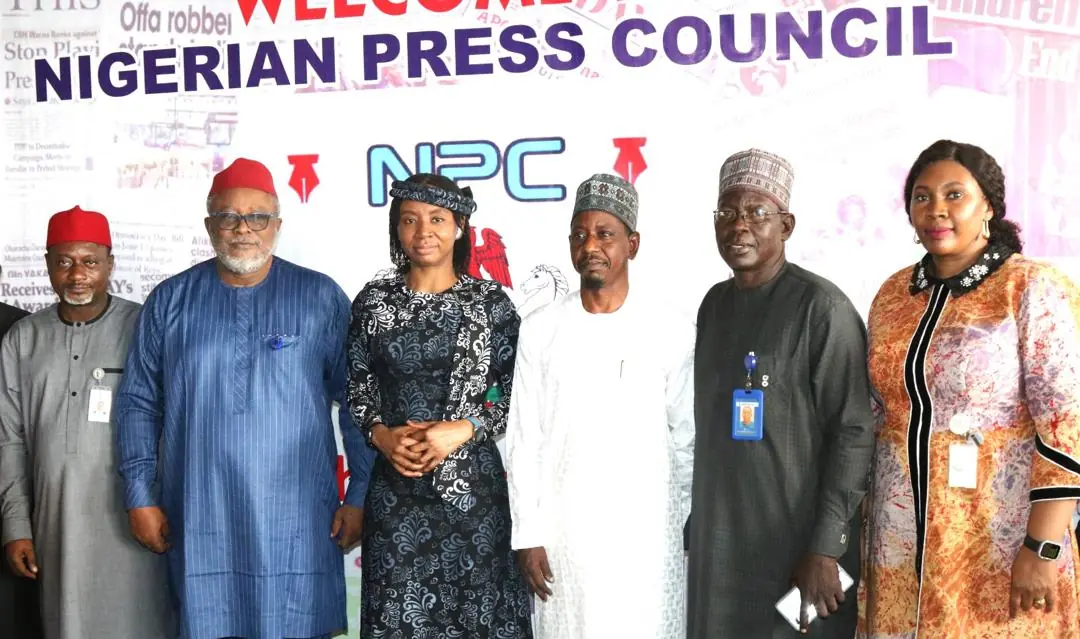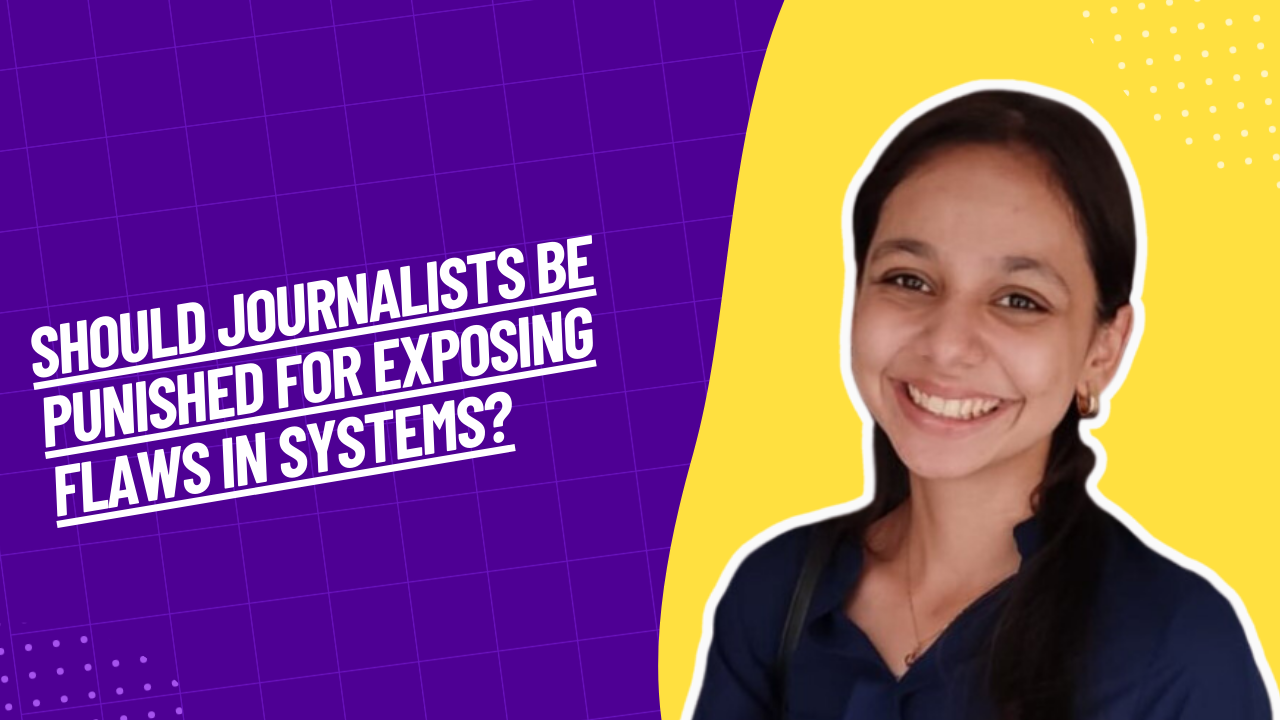
Pakistan Condemns India’s Ban on Media and YouTube Channels Over Pahalgam Attack Narrative
April 29, 2025
Nigeria’s PenCom Targets ₦1.3bn Pension Debt Owed to Journalists by Newspapers
April 29, 2025April 29, 2025 – General –
In 2017, journalist Debayan Roy conducted a sting operation to expose vulnerabilities in India’s Aadhaar enrollment system. By demonstrating that an individual could obtain multiple Aadhaar numbers using the same biometric data, Roy highlighted significant flaws in the system. However, this act led to criminal charges against him under the Aadhaar Act and sections of the Indian Penal Code (IPC), including impersonation and conspiracy.
The case has since become a focal point in debates over journalistic freedom and the legal boundaries of investigative reporting. Roy’s defense argues that his actions were in the public interest, aiming to reveal systemic issues rather than to commit fraud. They cite Section 81 of the IPC, which provides that acts likely to cause harm but done without criminal intent are not offenses.
Justice Anup Jairam Bhambhani of the Delhi High Court has acknowledged the absence of malicious intent in Roy’s actions, noting that the journalist openly aired the findings of his sting operation, suggesting transparency and a lack of bad faith. Despite this, the Unique Identification Authority of India (UIDAI) maintains that Roy’s methods breached legal boundaries, emphasizing the importance of upholding the law regardless of intent.
This case underscores the tension between the need for investigative journalism in a democratic society and the legal frameworks that govern such activities. While sting operations have been recognized by courts in the past as valid tools for exposing corruption, they are not universally protected from legal scrutiny.
As the legal proceedings continue, the outcome will likely have significant implications for press freedom in India, potentially setting precedents for how journalistic investigations are conducted and protected under the law.
For a deeper understanding of the case and its implications, you may find the following video informative:




